Innovation Fact 9 – Learn to listen
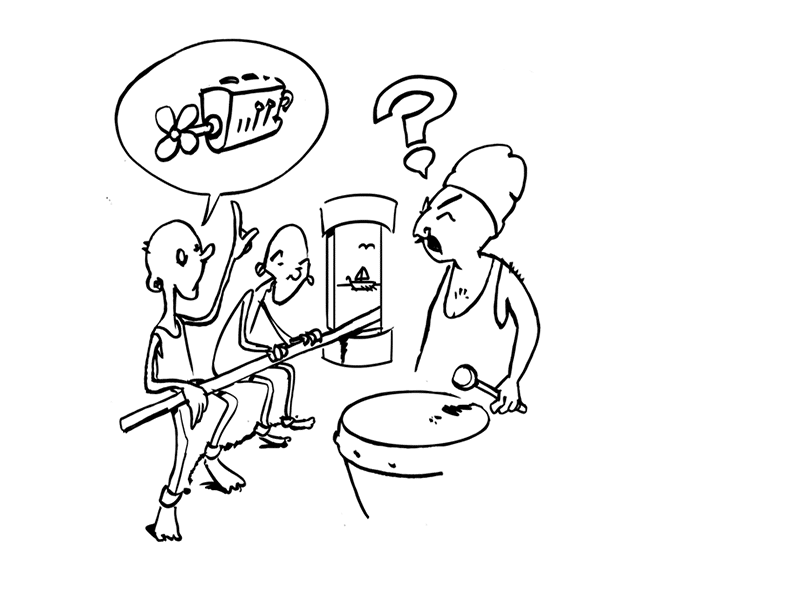
By responding to the real needs and interests of your target groups, you learn how you can innovate. Never assume you know all there is to know about your product. Learn to listen and reap the benefits of the gathered insights.
Innovation Fact 10 – Sell an old idea to someone new

Developing new solutions can be expensive, complex and risky. So why not identify new applications and markets for your existing knowledge and solutions? This lowers the risk and leads to new successes faster and cheaper.
Innovation Fact 11 – You are never too big to fail

Innovation is often seen as risky, but it doesn’t have to be a fuzzy process of trial and error. By applying a proven method and understanding your industry and market, you can make informed decisions, removing the risk from innovation.
Innovation Fact 12 – Know when to innovate
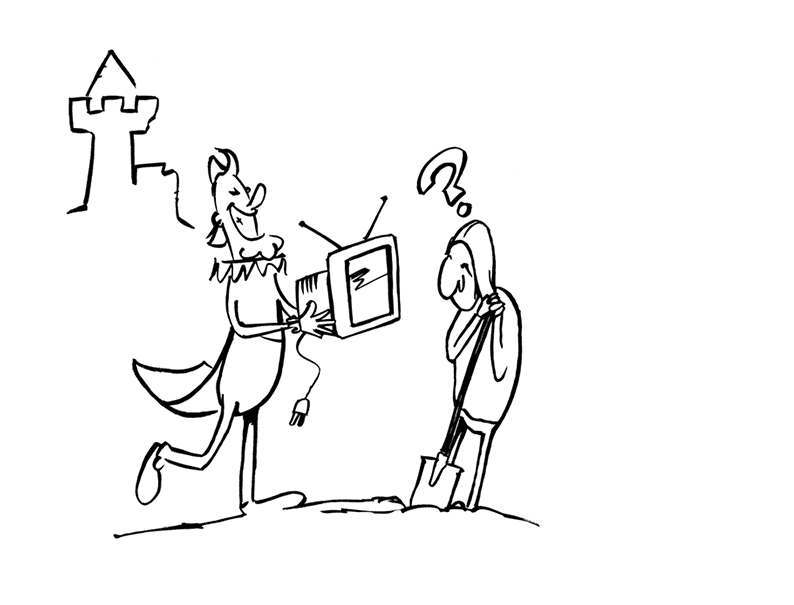
Getting the timing of innovation right is fundamental to maximizing the returns. Bad timing can lead to disaster, whether you get to market too early or too late. These are the items to consider.
Innovation Fact 13 – Learn from the best: biomimicry

Biomimicry or learning from nature will only gain importance in the future. Before companies make any design decisions, they should ask: “How would nature solve this problem?”.
Innovation Fact 14 – Waste is money
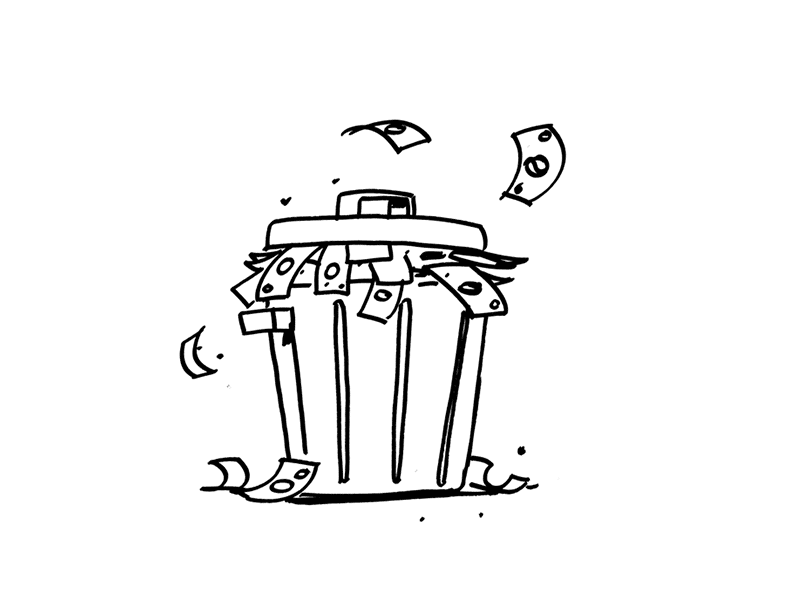
What is of no use for you can still be valuable to someone else. Audit your waste stream. It can pay off to put some effort into identifying partners who are keen to take your waste and use it as a source material for their product.
Innovation Fact 15 – Society changes, so should your company

Nothing is permanent except change. Pick up these societal changes as fast as possible and think about how they impact your business. And dare to disrupt your own business.
Analyzing the plastic soup problem with CRT
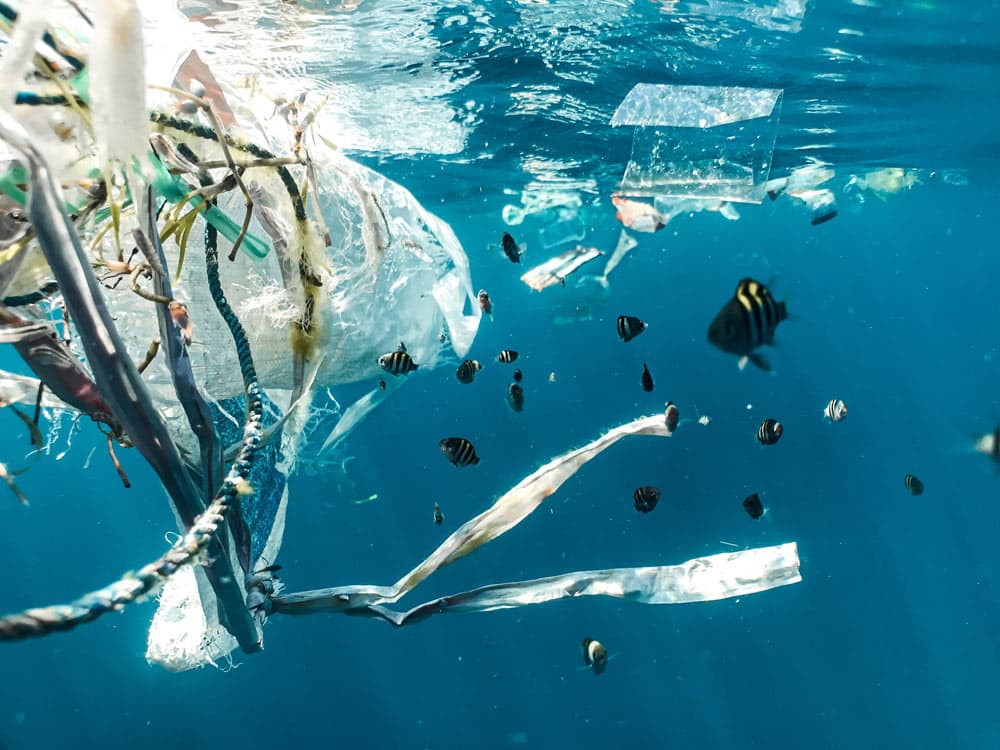
The plastic soup is all over the news. A complex problem with many sides and factors. Therefore, it is hard to understand the root problems. In a case like that, a Current Reality Tree or CRT is very useful.
FIYLTER – avoiding the plastic soup
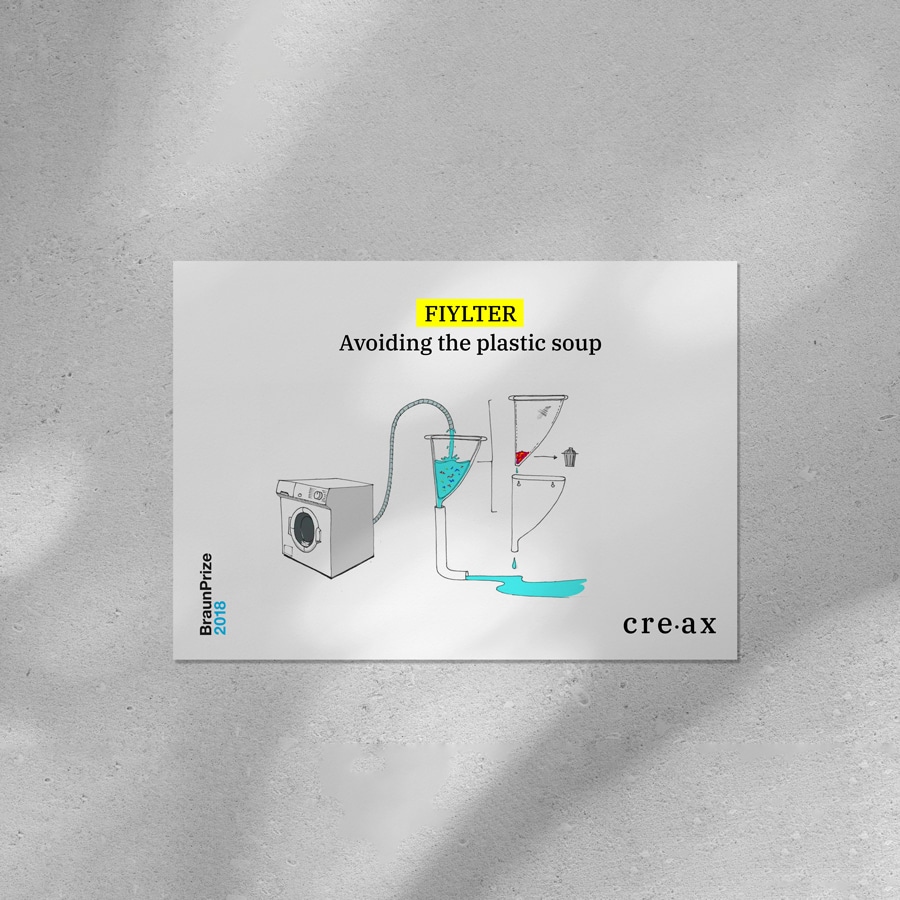
The oceans have become a plastic soup filled with micro plastics. Creax analysed the problem, got creative and came up with a simple but effective and prize-winning concept: the FIYLTER.
Innovation Fact 16 – Robots will take your job
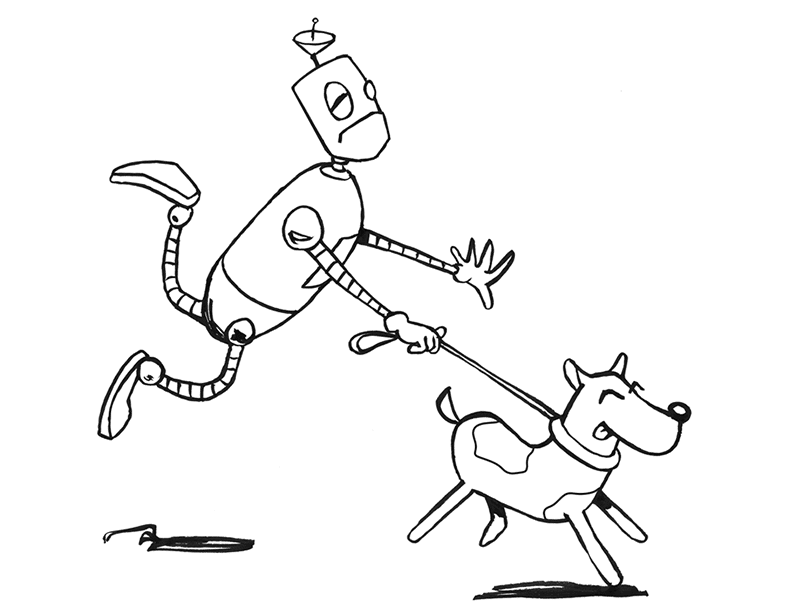
Do you fear that robots will take your job? A lot of jobs wil likely disappear, but it is up to us to arm ourselves against a future of uselessness. Learn to hit the ground running.